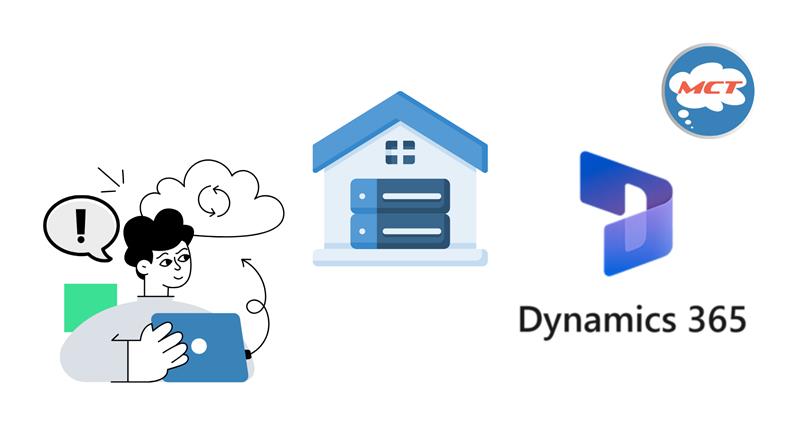
Everyone’s moving to the cloud… but should you?
Let’s cut the hype: Cloud CRMs are fast, flexible, and easier to maintain—but on-premise CRM systems still hold strong ground in 2025. Why? Because not every business fits into a “one-size-fits-all” cloud solution. Some need more control. Others need tighter security. And many simply can’t afford the risks or limitations of the cloud.
In this newsletter, I’m not just going to talk about what an On-Prem CRM is. You can Google that.
I’ll break down the real reasons why on-premise CRMs still matter—plus give you a list of use cases and tips for deciding when it’s the smarter choice.
With on-prem CRM, your data lives with you. You’re not handing it off to a third-party provider, hoping their server doesn’t go down or get hacked.
For industries like healthcare, finance, or defense—this kind of control isn’t just a luxury. It’s a must.
🛠️ Tip: If your business deals with sensitive personal info or is under strict data regulations, on-prem might be your safest bet.
Cloud CRMs often look cheaper up front—but monthly fees can balloon as your business grows.
On-prem is usually a one-time (or fixed) investment. No surprise bills as your user count grows.
💡 If you’re scaling fast and need predictable costs, on-prem might actually be the more affordable long-term choice.
Cloud platforms often limit how much you can customize workflows, integrations, or UI. On-prem CRMs? Total freedom.
You own the platform—you can shape it exactly how your business needs.
🔧 Tip: If your sales or support process is non-standard, choose an on-prem system that can mold to you—not the other way around.
If your team works in areas with weak or unstable internet, cloud-based CRMs can slow them down or stop them cold.
With on-prem CRM, you’re not dependent on internet speed.
🌐 For field teams in remote areas, on-prem means fewer disruptions and smoother operations.
Yes, cloud providers have strong security protocols. But you’re still trusting them with your customer data.
On-prem means you control firewalls, access, backups, and compliance—all on your terms.
🔒 If you’re in a regulated industry (like finance, legal, or healthcare), this can be non-negotiable.
Cloud CRMs often auto-update features or change UI without warning. This can break your workflows or require re-training.
With on-prem CRM, you update on your schedule, not theirs.
⏳ Perfect for businesses that want stability and hate unexpected disruptions.
Many modern businesses are adopting hybrid CRM architectures—keeping sensitive data on-prem, while using cloud for less critical functions.
It’s the best of both worlds.
⚙️ Tip: You can integrate cloud tools with your on-prem CRM for marketing automation, analytics, or customer support.
Conclusion
Cloud CRMs are powerful—but they’re not the universal answer. On-premise CRM still wins in areas like security, customization, and control.
It’s not about old vs. new—it’s about choosing what actually works for your business.
So before you jump on the cloud bandwagon, ask yourself:
🧠 “What do I value more: convenience, or control?”
Would you still pick an on-prem CRM today? Or have you gone fully cloud?
👉 Hit reply and tell me your thoughts!
Let’s start a conversation.

